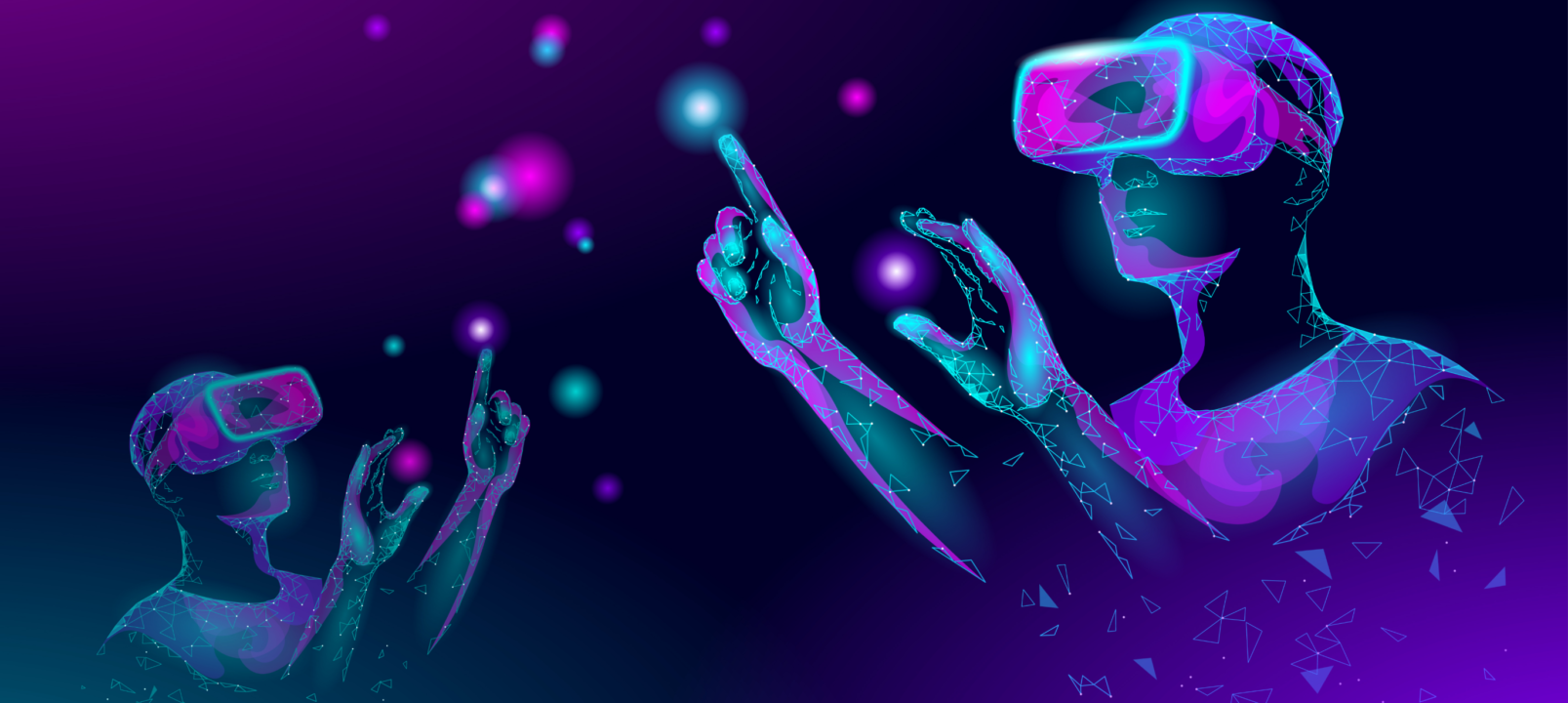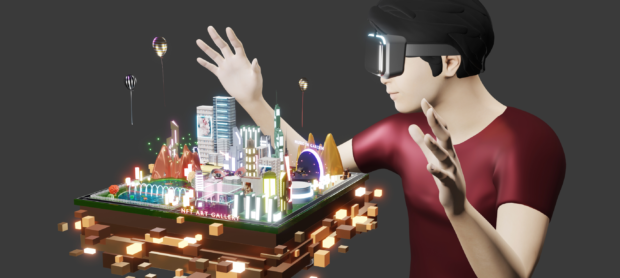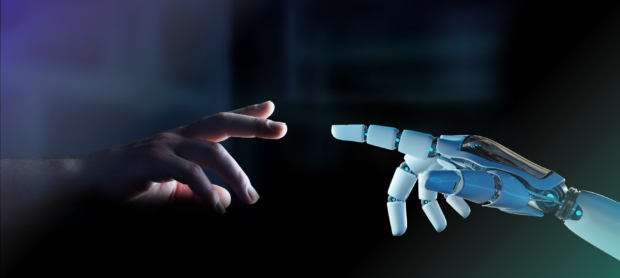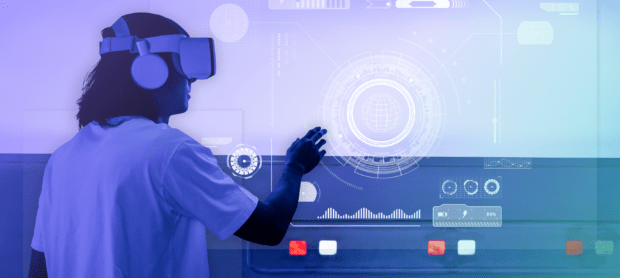Imagine donning a headset and suddenly teleporting to a digital simulation of a surgical room where you will carry out a challenging operation. On the other hand, you may be immersed in the center of a busy production facility, learning how to maneuver and use large machines without ever leaving the comfort of your house. This is the potential power of augmented reality (AR) and virtual reality (VR), two emerging technologies that rapidly alter how we train, learn, and imitate real-world situations.
Virtual and Augmented Reality are two distinct yet closely related technologies that have gained significant traction in recent years. In order to immerse users in a separate world, virtual reality (VR) includes building a wholly simulated environment that users can explore and interact with. Contrarily, AR combines the virtual and the real world to provide superior experiences by superimposing digital data over the physical environment.
The rise of VR and AR is more than just a technological trend; it signifies a paradigm shift in how we impart knowledge and skills. The ability to mimic real-world scenarios, expose users to rare or dangerous situations without the associated risks, and tailor training experiences to individual needs are just a few reasons why VR and AR are becoming indispensable in training and simulation scenarios across various industries.
Role of VR/AR in Training and Simulation
VR/AR technology’s strength is its capacity to combine experiential learning with cognitive comprehension, making it the perfect tool for simulation and training. The “learn-by-doing” notion is not a novel idea in educational psychology. Still, VR/AR takes it a step further by offering a secure, monitored setting where users may pick up knowledge, practice, and hone their skills in various tasks, from the simple to the really difficult.
Key Benefits of VR/AR in Training:
– Safety: VR/AR training systems enable a risk-free environment, letting students explore and make mistakes without worrying about the effects on their performance in the real world. This safety concern is crucial in high-stakes industries like healthcare, aviation, and the military.
– Cost-effectiveness: Conventional training techniques may use many resources and need specialized tools or professional guidance. Training becomes more accessible thanks to the accurate replication of these experiences by VR/AR simulations at a fraction of the price.
– Efficiency: VR/AR courses can be tailored to accommodate different learning styles and rates, improving the educational process’s effectiveness. Additionally, the technology eliminates geographical restrictions, enabling remote access to training.
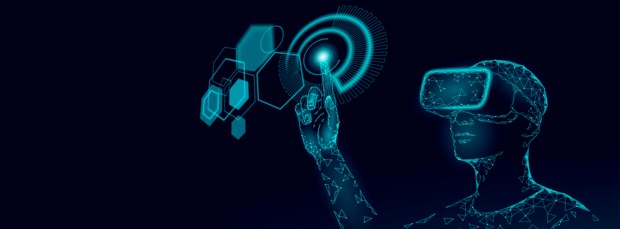
Learning Theories that Support VR/AR in Training
Experiential Learning: The value of learning from experiences is emphasized by this philosophy. The abundance of chances that VR/AR offers for practical experience and reflective observation facilitates deeper comprehension of the topic.
Constructivism: This teaching method contends that students build their knowledge of the world via participation and interaction. This is made more accessible by VR/AR since it lets students interact in real-time with their learning environment.
Case Studies: VR/AR in Action
The potential of VR/AR in training and simulation isn’t just theoretical; it’s already making waves across multiple sectors. Let’s examine some practical uses for this technology in various industries.
Medical Training:
VR/AR is being used by medical experts worldwide to transform surgical training and medical operations. For instance, the Neurosurgical Simulation and Virtual Reality Center at Stanford University uses VR to train surgical residents for complicated brain surgery, significantly lowering surgical errors and increasing patient outcomes.
Military Training:
VR/AR enables a previously unheard-of level of tactical and battle simulation in military training. The Synthetic Training Environment (STE), a VR training system used by the U.S. Army, allows soldiers to participate in incredibly realistic combat scenarios during training, encouraging strategic thinking and teamwork.
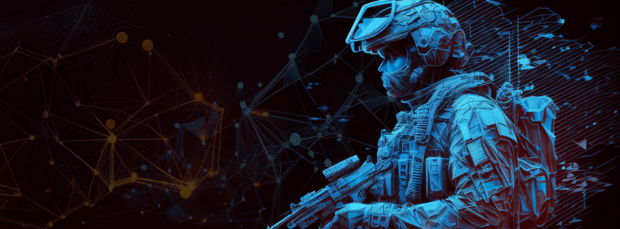
Industrial Training:
The industrial sector is utilizing VR/AR to improve manufacturing and machinery functioning simulations. Companies like Boeing use AR to help specialists complete challenging wiring tasks during airplane assembly, improving accuracy and speeding up production.
Aerospace Training:
Additionally, VR/AR technology has produced substantial advancements in aircraft instruction. NASA uses virtual reality to simulate spacewalks and other extravehicular activities during astronaut training. This method improves safety and effectiveness by assisting astronauts in becoming accustomed to the particular difficulties of working in space.
Sports Training:
Finally, VR/AR is helping players improve their techniques and approaches throughout sports training. NFL teams and Olympic athletes use the STRIVR platform, which offers immersive VR training scenarios that enhance decision-making skills and reaction speeds and provide competitors an advantage.
Challenges and Solutions in VR/AR Development for Training
As promising as VR/AR technology is for training and simulation, its widespread adoption doesn’t come without technical and non-technical challenges.
Technical Challenges:
The potential of VR/AR cannot be fully realized because of technical issues, including latency, fidelity, and device restrictions. Training sessions may be less successful due to latency or the time it takes between a user’s activity and the system’s response. Another vital factor is faithfulness or the virtual environment’s correctness and level of detail. The efficiency of the training may be hampered if the simulated environment does not closely resemble the real world. The user experience and viability of implementing VR/AR training can also be hampered by hardware restrictions like headgear size, short battery life, or the necessity for powerful processors.
Non-Technical Challenges:
Beyond these technical challenges, non-technical problems, including user acceptance, price, and accessibility, may potentially obstruct the development of VR/AR in training. Even while the technology is growing more widespread, not everyone can use it, especially in areas with poor infrastructure or resources. A further issue is affordability; despite costs declining, VR/AR hardware and software can require a sizable initial investment. Furthermore, elements like comfort, usability, and perceived value have an impact on user acceptability, which relates to people’s willingness to use VR/AR technology.
Solutions and Innovations:
Despite these difficulties, progress is being made to solve them. The overall VR/AR experience is being improved by continually increasing fidelity and low latency. With the growth of mobile AR, more effective, lightweight hardware is being created, making the technology more widely available.
Because cloud-based VR/AR solutions are becoming more prevalent, making it more affordable for smaller businesses to use this technology. Regarding user adoption, thorough VR/AR training and education can help debunk myths and highlight the benefits, resulting in broader acceptance and utilization.
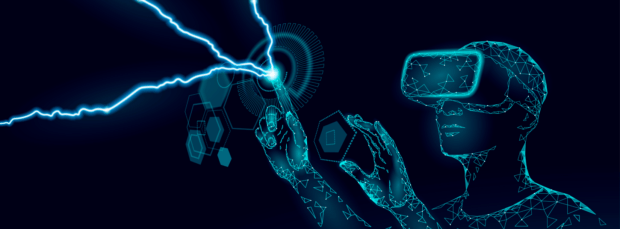
The Future of VR/AR in Training and Simulation
Due to technological developments and rising acceptability, we may anticipate VR/AR to give increasingly more immersive and realistic training experiences. The development towards “Zero Latency“—a situation where the latency between user action and system response is essentially undetectable—will improve the sense of “presence,” which is essential for efficient VR/AR training.
Additionally, the learning experience is anticipated to be further personalized and enhanced with the integration of AI and VR/AR. AI can adjust to the virtual environment in real-time based on the user’s performance, promoting a more interesting and successful learning experience.
Future Trends and Opportunities
Gamification: Learning can be made more interesting and fun by introducing game-like aspects into VR/AR training settings. By increasing user involvement and knowledge retention, this strategy can make training more enjoyable and efficient.
Social VR/AR: One important development is the expansion of shared virtual spaces where many users can communicate. This “Social VR/AR” can revolutionize team-based training by allowing teams that are dispersed around the globe to train together in a common virtual environment, improving team cohesion and collaboration.
Conclusion
The potential of VR/AR technology for training and simulation is becoming increasingly obvious as we advance through the technological revolution. By paving the way for a future where training is safer, more effective, and more immersive, it is revolutionizing the way we learn, practice, and master new abilities.
We are at the beginning of a new era in which virtual reality and augmented reality are helpful training and simulation tools rather than merely innovative concepts. The time is now for game developers, technologists, and businesses from all sectors to take advantage of VR/AR for training purposes.
At Eventyr, we are well-equipped to help bring your ideas to life. Our highly qualified professional team, guided by your vision, can create immersive VR/AR experiences tailored to your specific training requirements.
To learn more about how VR/AR can revolutionize your training and simulation practices and how Eventyr can help you navigate this journey, don’t hesitate to contact us. Together, we can unlock the immense potential of VR/AR, shaping a future where technology and training converge to create exceptional learning experiences.
